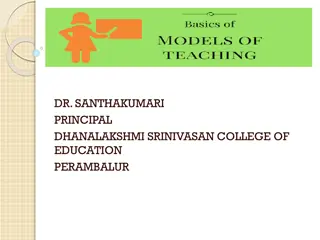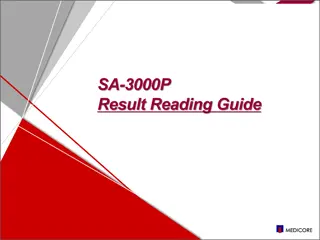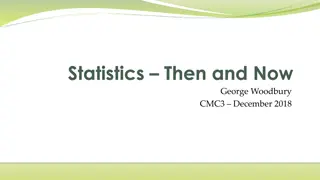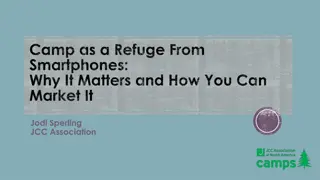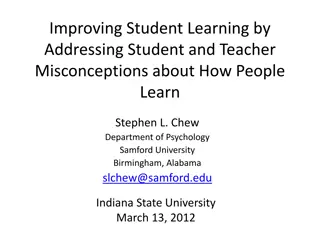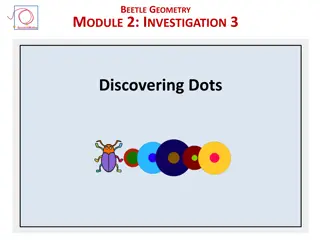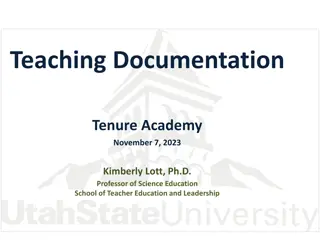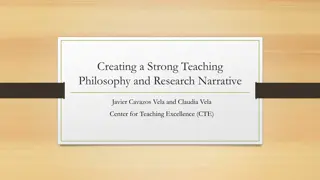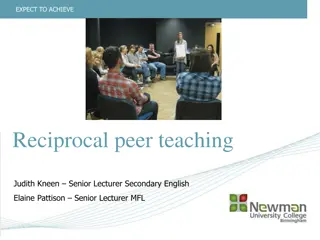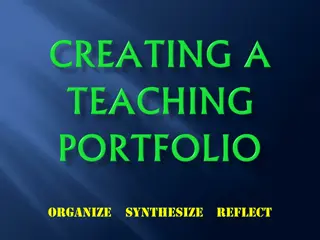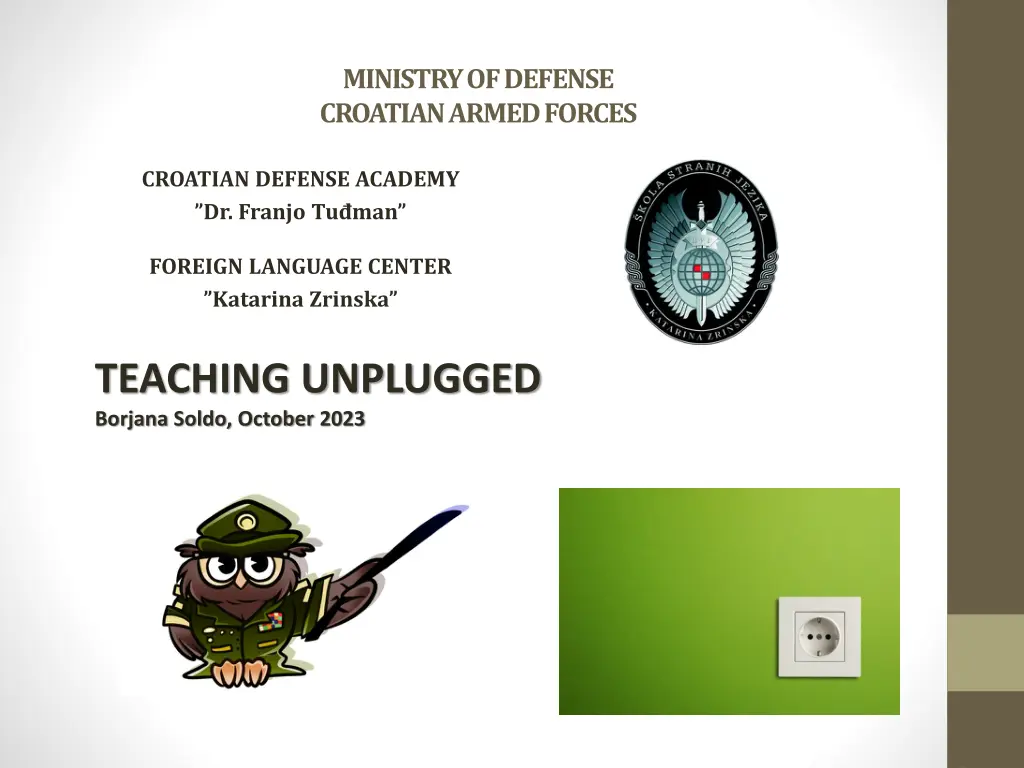
Teaching Unplugged Method Overview
Explore the Teaching Unplugged method which focuses on conversation-driven teaching, minimal materials, and emergent language. Learn about the advantages, disadvantages, and realistic outcomes of this innovative approach to language instruction.
Download Presentation

Please find below an Image/Link to download the presentation.
The content on the website is provided AS IS for your information and personal use only. It may not be sold, licensed, or shared on other websites without obtaining consent from the author. If you encounter any issues during the download, it is possible that the publisher has removed the file from their server.
You are allowed to download the files provided on this website for personal or commercial use, subject to the condition that they are used lawfully. All files are the property of their respective owners.
The content on the website is provided AS IS for your information and personal use only. It may not be sold, licensed, or shared on other websites without obtaining consent from the author.
E N D
Presentation Transcript
MINISTRY OF DEFENSE CROATIAN ARMED FORCES CROATIAN DEFENSE ACADEMY Dr. Franjo Tu man FOREIGN LANGUAGE CENTER Katarina Zrinska TEACHING UNPLUGGED Borjana Soldo, October 2023
CONTENT Definition and Focus of Teaching unplugged Scott Thornbury and Luke Medding s original idea Advantages of the approach Evident disadvantages Realistic outcome what is actually feasible Practical examples presenter s experience FAQs
Definition& Focus Teaching Unplugged is a method which has three primary aims: 1. conversation-driven teaching 2. materials-light approach 3. focus on students emergent language
ORIGINAL IDEA Scott Thornbury and Luke Medding s article The roaring in the chimney 2001 practical guide Teaching unplugged - winner of the British Council ELTons award for Innovation in 2010 All you need in a classroom is a teacher, learners, a whiteboard, a marker and an open mind A teacher starts talking about a topic, as learners speak a teacher needs to process their language, draw attention to good examples of language, concentrate on their mistakes and give them tools and ideas on improvements.
ADVANTAGES Main focus is on students immediate language needs No handouts, no course book, no syllabus, no technology to limit the teaching process Teacher is facilitator rather than director of the class Ecologically friendly no photocopies A way to go for parts of the world where there is the lack of availability or affordability of materials
DISADVANTAGES Lessons seem unplanned Students feel pressure that the learning proscess mostly relies on them A teaching unplugged lessons appears outdated in technology-driven world Teachers nervous about not knowing what they are going to teach in advance (no course book, no teacher s notes etc.) Less experienced teachers a problem with emergent language , unable to cope students loss of confidence
REALISTIC OUTCOME No need to take the purist approach Plan in an open part of the lesson There s more than one way to skin a cat It is not as difficult as it may sound Step by step implementing more learner-centered and less paper-driven activities into your classroom - the way to go!
PRACTICAL EXAMPLES Been there, done that It brings back memories of ! Headlines - Recounting Past Events Short activities - Would you rather? - Two truths and a lie - Positive, negative, - Continue the story - the Hot seat - Show and tell etc.
FAQs Is Dogme Teaching Suitable For All Levels Of English Learners? Yes, Dogme teaching can be adapted to suit different levels of English learners, from beginners to advanced. Do I Need To Have A Lot Of Teaching Materials To Use Dogme Teaching? No, Dogme teaching emphasizes using only the materials and resources that are readily available in the classroom. Is Dogme Teaching Effective For Teaching Grammar? Yes, Dogme teaching can be effective for teaching grammar in context, by allowing emergent language to arise naturally in the classroom. How Can I Assess My Students Progress Using Dogme Teaching? Assessment in Dogme teaching is often based on students ability to communicate effectively in English, rather than on grammar and vocabulary tests. Classroom assessment is the tool. Can Dogme Teaching Be Combined With Other Teaching Methods? Yes, Dogme teaching can be combined with other teaching methods to create a more balanced and comprehensive language learning experience.
REFERENCE https://www.teachingenglish.org.uk/professional- development/teachers/knowing-subject/articles/teaching-unplugged https://www.theteflacademy.com/blog/what-is-teaching-unplugged-and- how-do-i-do-it/ https://www.teachingenglish.org.uk/news-and-events/seminars/20-steps- teaching-unplugged


